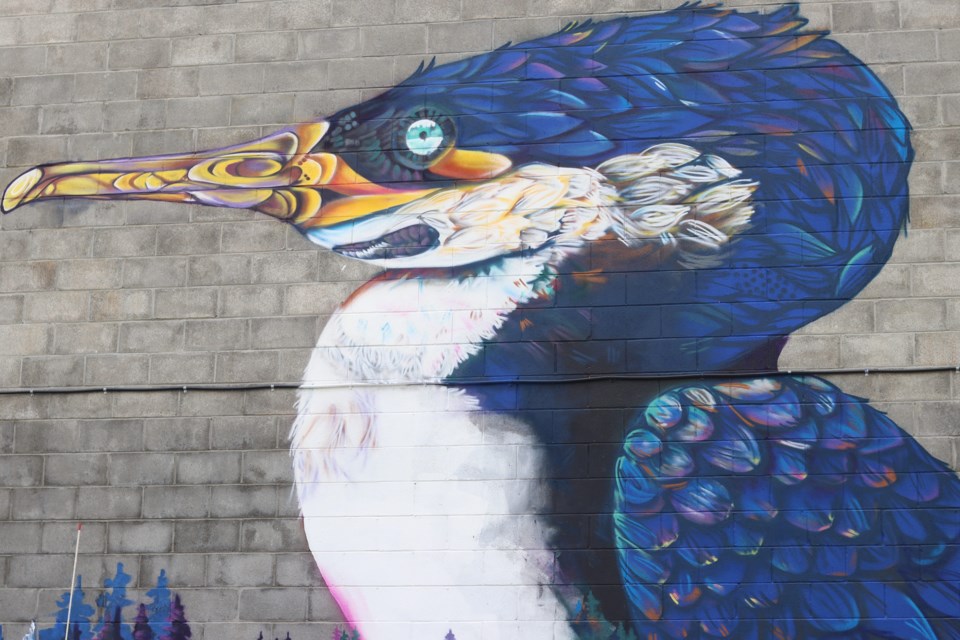Instead of judging, people should have greater compassion and empathy toward the Indigenous population, considering their intergenerational trauma and what they have experienced throughout Canada’s history, including residential schools and the Sixties Scoop.
That was the message from Rob Campbell, MNP’s national director of Indigenous services, during a virtual session hosted by the Timmins Chamber of Commerce.
More than 80 people tuned in Wednesday morning to listen to Campbell talk about the history of Indigenous people in Canada, treaties, Canada’s assimilation policies and how it all affects the Indigenous population.
Having misconceptions and unconscious bias isn’t helpful in moving forward as a nation and as a society, Campbell said. When people question why some Indigenous people can’t “pull up their bootstraps” or get a job, that’s not a “reasonable thought,” he said.
“There are a lot of people who have been impacted so dramatically … You don’t just pull up your bootstraps when you experienced some of this history. And it’s deeply rooted in multiple generations of people,” he said. “We need to look at folks with greater compassion and empathy and be able to reach out and do something proactive and do something that’s going to help them and help all of us.”
In the Canadian Constitution, Indigenous peoples include First Nations, Inuit and Métis.
Indigenous people represent 4.9 per cent of Canada’s total population, according to the 2016 Statistics Canada census. Since 2006, the Indigenous population has grown by 42.5 per cent, more than four times the growth rate of the non-Indigenous population.
Before European contact, Indigenous peoples had everything to be considered a sovereign nation. They had their own governance structure, membership, laws and justice system, language, healthcare system, land and resources and more, according to Campbell.
Terra nullius, a Latin expression meaning nobody’s land, was instrumental in the Doctrine of Discovery and was used by European settlers to justify the colonization of Indigenous people across the world, including North America.
When it comes to treaties, they’re formally concluded and ratified agreements between nations. A treaty is different than a law, according to Campbell.
“Many of our people almost had no interaction. They were not conquered. In fact, many didn’t even sign any types of agreements,” Campbell said.
Timmins, situated on the traditional lands of Mattagami First Nation, is part of Treaty 9 or the James Bay Treaty. It was first signed in 1905 and 1906 between Northern Ontario First Nations, the Canadian government and the provincial government with adhesions made in 1929 and 1930.
There was a difference between what was written in treaties and what was promised to Indigenous people, Campbell said explaining how in many cases, the other party didn’t fulfil their obligations.
To help others better understand Indigenous people and their history, people can start by stepping in and correcting if they hear something wrong in a conversation, Campbell said mentioning how people have to recognize and acknowledge what the country did in the past and strive to fix the situation.
“We don’t want more than everyone else. We just want what everyone else already has. We want to share, be respected, have equality and prosperity and something for our children. We want the treaty obligations to be fulfilled,” Campbell said.



